What You Need to Know About Dietary Restrictions in Japan
Dietary restrictions in Japan can often make finding something to eat very challenging. Going out to eat with dietary restrictions, food allergies, or dietary preferences can be troublesome in the US, but it’s not impossible. However, the situation is quite different in Japan.
Dietary Restrictions in Japan
Dietary restrictions in Japan are difficult because most restaurants in Japan specialize in either one specific food or a style of food. These dishes have very specific ingredients, in very specific amounts, that give each shop its unique and sought after taste. Going into one of these specialty restaurants and asking the chef to make changes to the recipe could come off as strange and impolite.
Exceptions can be made for specific allergies but often the ingredients are so infused into the food, that removing them would be impossible. In other words, you may be able to ask for no clams in your miso soup but that doesn’t mean that the broth base is free of shellfish. Many soups in Japan have clam, shrimp and/or fish based broths.
The mainstream philosophy in Japan is that you choose a restaurant because of the way they prepare their food and the ingredients that they use. The common thought is if the dishes on the menu aren’t prepared with ingredients you like, then you may want to choose a restaurant that’s more in line with your tastes and preferences.
Allergies
If you’re allergic to shellfish, eggs, nuts, gluten, etc., you’ll need to be very aware of what you’re eating. Eggs, shrimp, and clams are used in a variety of ways in Japan. Just because you don’t see it, doesn’t mean it’s not hidden in your food in some way.
Also, keep in mind that a lot of servers at your larger restaurants are part-time employees and probably don’t have an in-depth knowledge of the ingredients used to make the soup broth or salad dressings. This lack of knowledge coupled with a likely language barrier and you can see how quickly this becomes a confusing situation.
Japan has recently started taking food allergies very seriously and some of the big chain restaurants may have a food allergen ingredient list you can ask to see. You can also create your very own Japanese Allergy Card. Just print it out, check your allergy and then show it to the server at the restaurant.
I don’t recommend using the word allergy for foods you just don’t want to eat, because some establishments may deny you service if they feel they can’t properly accommodate your allergy.
Vegetarian & Vegan
The concepts of vegetarian and vegan aren’t mainstream in Japan and are often misunderstood. Pretty much all of my Japanese friends consider fish flakes and broth made from fish flakes as vegan. They insist that fish flakes (dashi) are a seasoning and not meat. Milk and eggs are two other ingredients often overlooked.
If you’re willing to accept some fish, egg and milk in your diet during your vacation, you’ll be able to eat a wider variety of foods. However, if you’re a very strict vegan it might be a good idea for you to plan your holiday around restaurants. Take a look at Happy Cow and plot your sightseeing around establishments you’d like to try.
While in Japan, I would highly recommend trying a Buddhist vegan meal called Shojin Ryori. The prices range somewhere in-between $30 to $140 per person, depending on the restaurant. Because of the price, it’s not really something you’re going to want to eat every day.
Religion
Overall, the Japanese don’t have any religious restrictions on food, making it difficult to find restaurants that cater to religious based diets. They’re historically a homogeneous society and tourism on the current level didn’t start until 2010. Because of this, there’s never been a need to accommodate anyone other than Japanese customers.
There are Halal and Kosher restaurants in Japan, but they’re mostly in specific areas of Tokyo, so you’ll need to seek them out. Pork and shellfish are staples in the Japanese diet and finding something to eat in smaller cities can be challenging.
Substitutions
If omitting an ingredient is seen as disrespectful, then asking for a substitution may be down right blasphemous. Please understand that substitutions aren’t something Japanese people do, so it’ll most likely be met with confusion and hesitation.
The big chain izakayas may also be resistant because their part-time workers are supposed to follow rules and processes that allow the kitchen staff to work efficiently so every customer is served quickly. Asking to substitute an ingredient is most likely not an option.
The good news is that the menus are extensive, so everyone should be able to find something they can eat.
Kaiseki
This is a traditional Japanese meal that’s served on multiple plates throughout the evening and usually lasts 2 hours. It’s a set course that’s created by the chef and carefully prepared for optimum visual presentation and taste. The price of these courses is calculated according to their specific ingredients and usually can’t be changed, especially on short notice.
If you make your reservation far enough in advance, you can specify your dietary restriction and find out if the restaurant is willing to accommodate.
The Modern Japanese Diet
The modern Japanese diet is very meat based and low on veggies. You won’t find stir-fried veggies, or any kind of stir-fry for that matter, at Japanese restaurants. The main dishes are usually fish, pork, chicken or beef. There’s no grilled chicken breast or teriyaki salmon steak on the menu either.
There are side dishes with vegetables, but they’re usually pickled or marinated in what I can only assume is a fish based broth. It’s possible to eat noodles and vegetable tempura, but remember that most broths are fish based and tempura batter is made with egg.
Salads are always served with the dressing already on it. Most of the dressings are either mayonnaise based or thickened with egg. If this is a concern, be sure to order your salad with no dressing.
Also, be aware that many menu descriptions are often vague and don’t list all the ingredients. If in doubt, be sure to ask.
Recommendations
If you have a serious allergy to shellfish, you’ll need to be very careful in Japan. I recommend doing extensive research and finding specific restaurants where you can eat. It’s so difficult to avoid that most tour companies won’t accommodate people with this allergy.
If you’re a strict vegan, I also recommend doing research and planning your sightseeing around specific restaurants. I can guarantee that you’ll find it very difficult to find 100% animal free food at most restaurants in Japan.
Please don’t get upset if a restaurant is reluctant, or refuses, to accommodate your dietary needs. Ordering off menu, omissions and substitutions isn’t something a Japanese customer would likely do, so there’s no plan for handling the situation.
Food in Japan can be the highlight of your trip or the most frustrating part. In order to have the best trip possible, be sure to plan in advance.


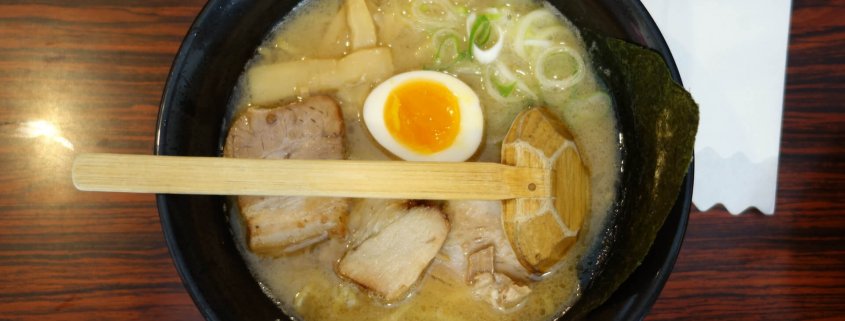 ©JAPANandmore.com
©JAPANandmore.com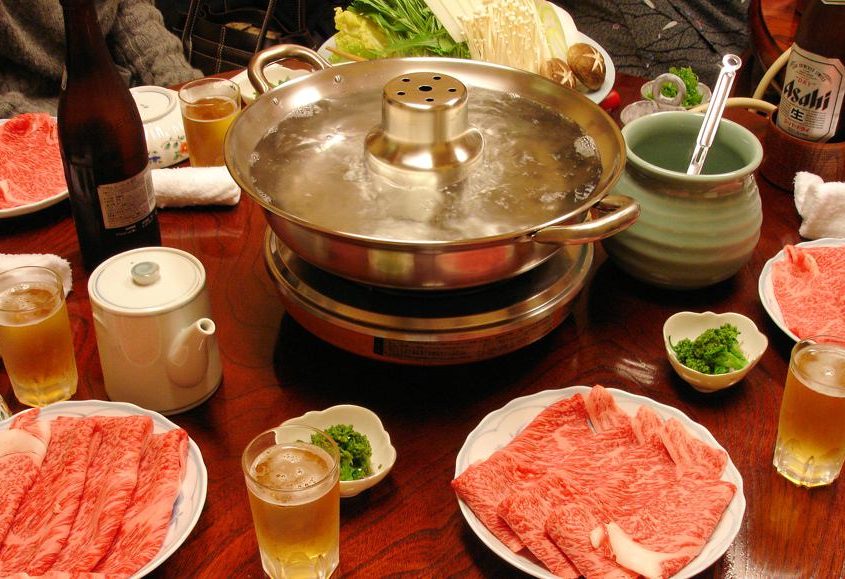

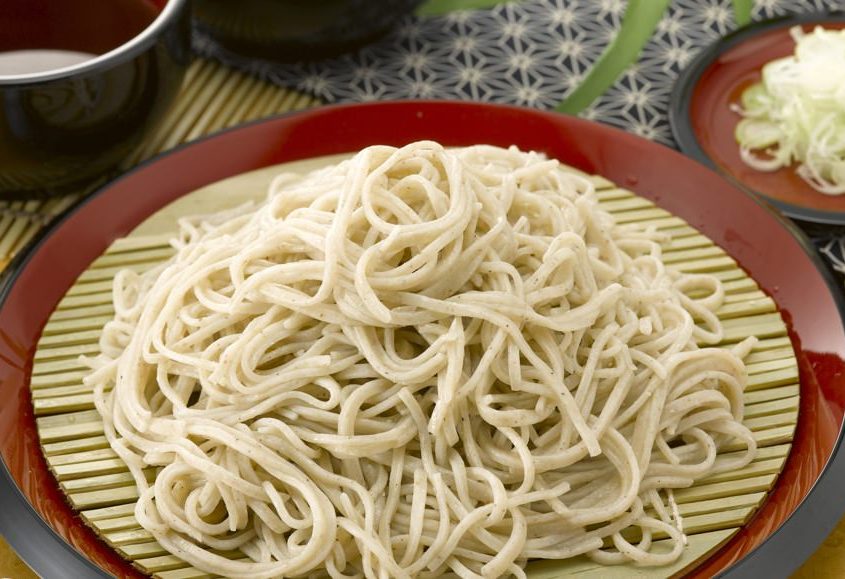

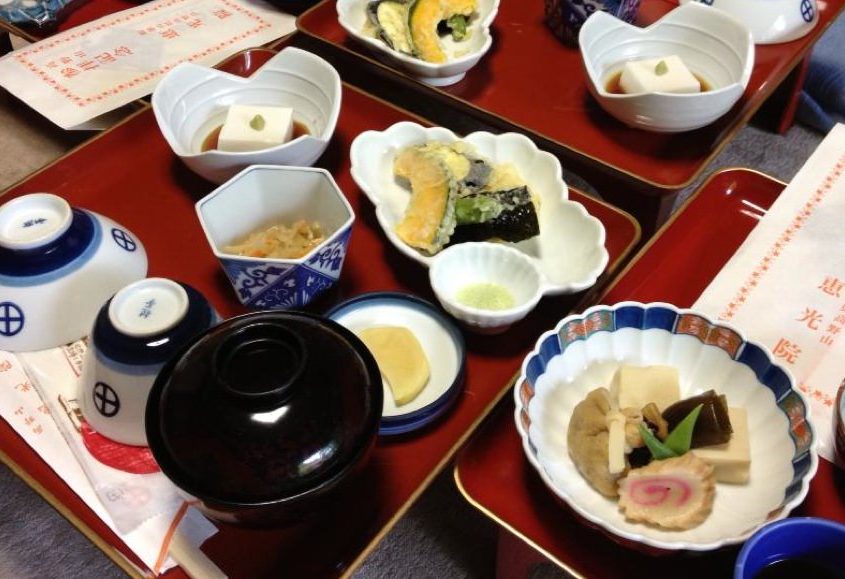
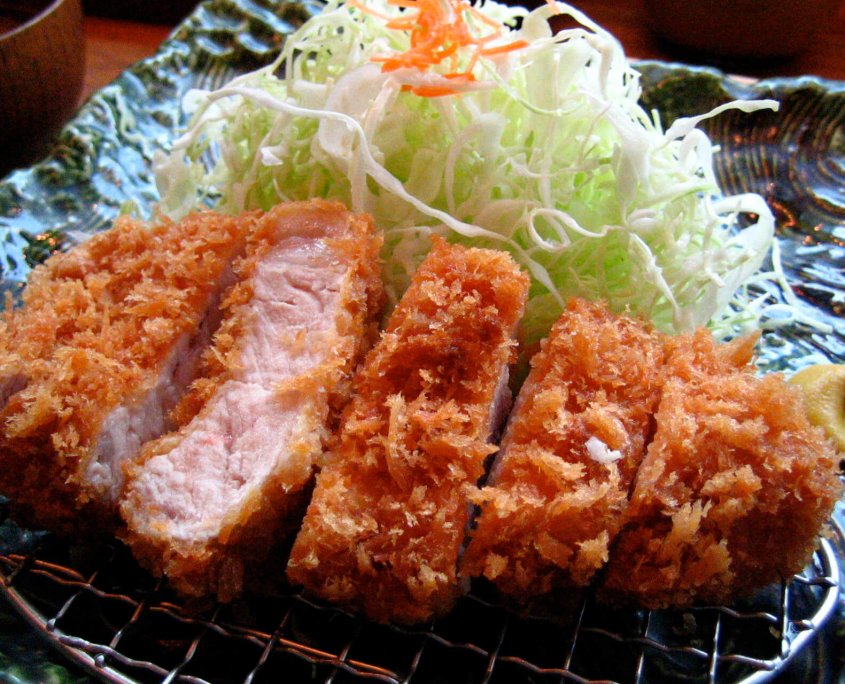
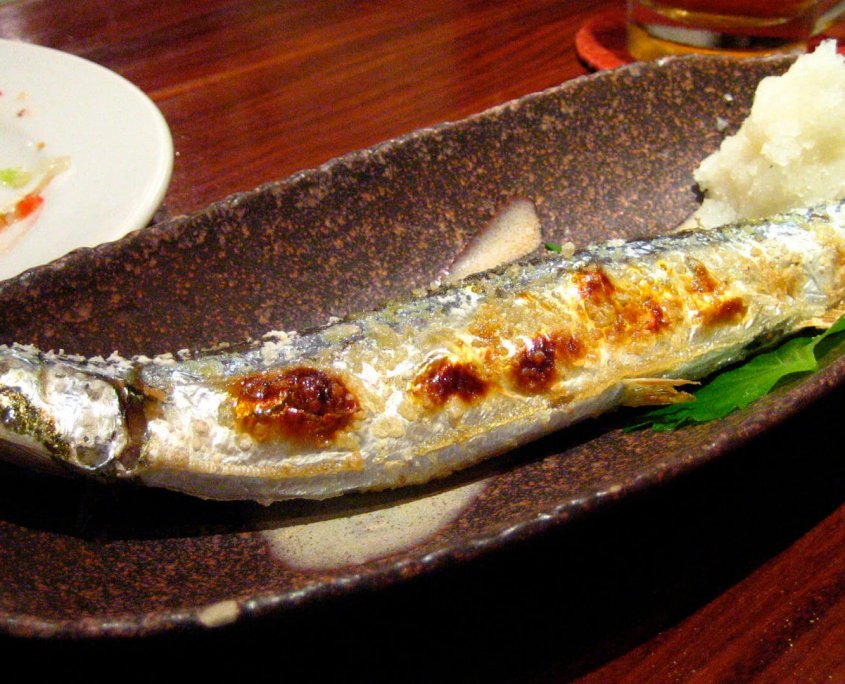
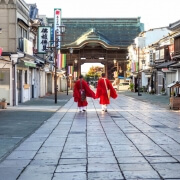 ©JAPANandmore.com
©JAPANandmore.com  Pixabay
Pixabay  @JAPANandmore
@JAPANandmore 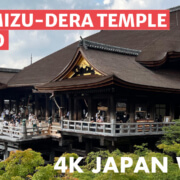 ©JAPANandmore.com
©JAPANandmore.com 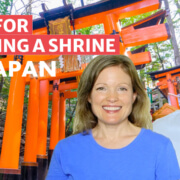 @JAPANandmore
@JAPANandmore 





 ©JAPANandmore.com
©JAPANandmore.com ©JAPANandmore.com
©JAPANandmore.com